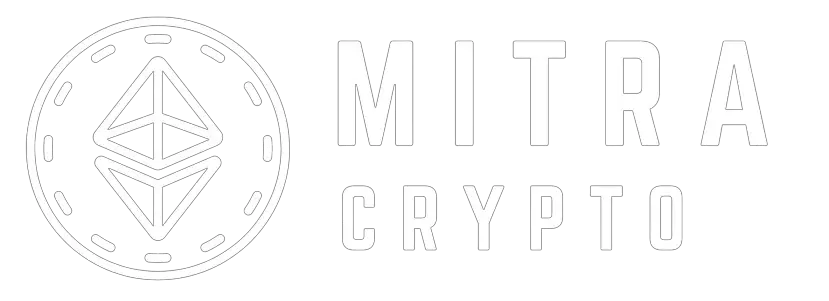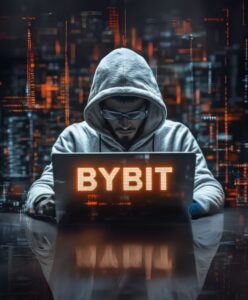XRP Named a “Strategic Asset” by SEC—Massive Shockwaves in Crypto!
The cryptocurrency world is no stranger to exciting news, but few events have sent shockwaves through the industry quite like the SEC naming XRP a strategic asset. This surprising move by the U.S. Securities and Exchange Commission is not just a milestone for XRP; it’s a pivotal moment for the entire digital asset ecosystem. The news has left crypto enthusiasts, investors, and analysts scrambling to understand the full implications of this designation.

What Does “Strategic Asset” Mean for XRP?
For those unfamiliar, the term “strategic asset” is typically reserved for resources deemed crucial to national or global economic stability. The SEC’s decision to classify XRP as such indicates that the digital asset could become an essential component of the future financial infrastructure. XRP, known for its lightning-fast transaction speeds and minimal fees, has long been a cornerstone of Ripple’s mission to transform cross-border payments.
This SEC move could mean more regulatory clarity and wider adoption for XRP. With this new recognition, XRP has the potential to be used more extensively within traditional financial systems. Its future may involve further partnerships with major banks, financial institutions, and even government-backed projects, increasing its real-world use cases. As blockchain technology continues to evolve, the importance of assets like XRP grows even more significant in reshaping global financial systems.
Why Is This Such a Big Deal?
The SEC’s announcement is not just a win for XRP—it’s a major step forward for the entire cryptocurrency sector. Until now, the crypto market has been plagued by uncertainty, especially regarding regulation. With the SEC officially recognizing XRP as a strategic asset, there is now a clearer pathway for other digital assets to receive similar recognition. This could encourage more institutional investors to explore and integrate digital assets into their portfolios.
Furthermore, this recognition could drive greater liquidity within the cryptocurrency market. As XRP gains further legitimacy, institutional investment may increase, leading to broader adoption and more stability. The fact that the SEC is acknowledging the importance of XRP speaks volumes about the future of blockchain technology and its role in mainstream finance.
What Does This Mean for XRP Holders?
For those holding XRP, this is a highly positive development. The SEC’s designation will likely bring much-needed regulatory clarity, reducing uncertainty for investors. With XRP gaining recognition as a strategic asset, its potential for growth could be immense. Expect to see more use cases for XRP, including in decentralized finance (DeFi) applications, remittances, and possibly even the development of Central Bank Digital Currencies (CBDCs).
Additionally, institutional investors, who may have previously been hesitant due to regulatory concerns, may now feel more comfortable investing in XRP. This could lead to increased demand, higher liquidity, and potential price growth over time. XRP holders should keep a close eye on how this new development unfolds.
Conclusion: A New Chapter for XRP
The SEC’s decision to name XRP a “strategic asset” is a monumental event in the history of cryptocurrencies. It signifies the growing importance of digital assets in the global financial system and shows that regulators are starting to take crypto seriously. For XRP holders, this could mean new opportunities, increased adoption, and a more secure future for the asset.
As the crypto space continues to evolve, XRP is poised to play a key role in the next phase of financial innovation. It’s important to note that while discussions around XRP’s regulatory status continue, the full scope of the SEC’s recognition and future implications are still unfolding.












